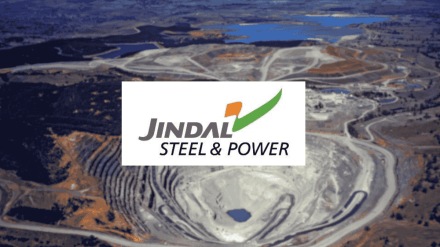Jindal Steel has received a Letter of Intent (LoI) from the Government of Odisha for a 50-year mining lease for the Roida-I Iron Ore and Manganese Block in Keonjhar district.
The Roida-I block, spread across 104.84 hectares, holds a mineral deposit of 126.05 million tonnes and comes with an Environmental Clearance capacity of 3 million tonnes per annum (MTPA). This vital resource is expected to strengthen Jindal Steel’s raw material supply and support its goal of integrated and sustainable steel production in India’s mineral-rich eastern region.
Jindal Steel wins block in June 2025 e-auction
The lease follows Jindal Steel’s win in the e-auction held on June 6, 2025, where it was declared the Preferred Bidder. The auction was conducted under the Mines and Minerals (Development and Regulation) Act, 1957, and the Mineral (Auction) Rules, 2015.
Roida-I block to boost operational stability and efficiency
Pankaj Malhan, Executive Director at Jindal Steel’s Angul plant, said the mining lease is a vital step toward the company’s vision of self-reliant steel production.
“This mining lease is a critical enabler for our long-term vision of self-reliant steel production. With the Roida-I block, we are significantly bolstering our iron ore and manganese supply base, which will ensure operational stability, cost efficiency, and support our growth plans,” he said.
Jindal Steel targets sustainable growth and local impact
With this lease, Jindal Steel further strengthens its backward integration model. The company aims to ensure steady raw material supply, reduce costs, and boost production efficiency.
Jindal Steel is also focused on creating long-term economic value and improving community welfare in the region.
Share price of Jindal Steel and Power
Following the announcement on the night of July 3, the share price of Jindal Steel and Power opened in the green, gaining nearly 0.3 per cent. As of 10:40 am, the stock is trading at Rs 962.35.
Jindal Steel is a major industrial player with strong operations in steel, mining, and infrastructure, backed by a global investment of $12 billion.
